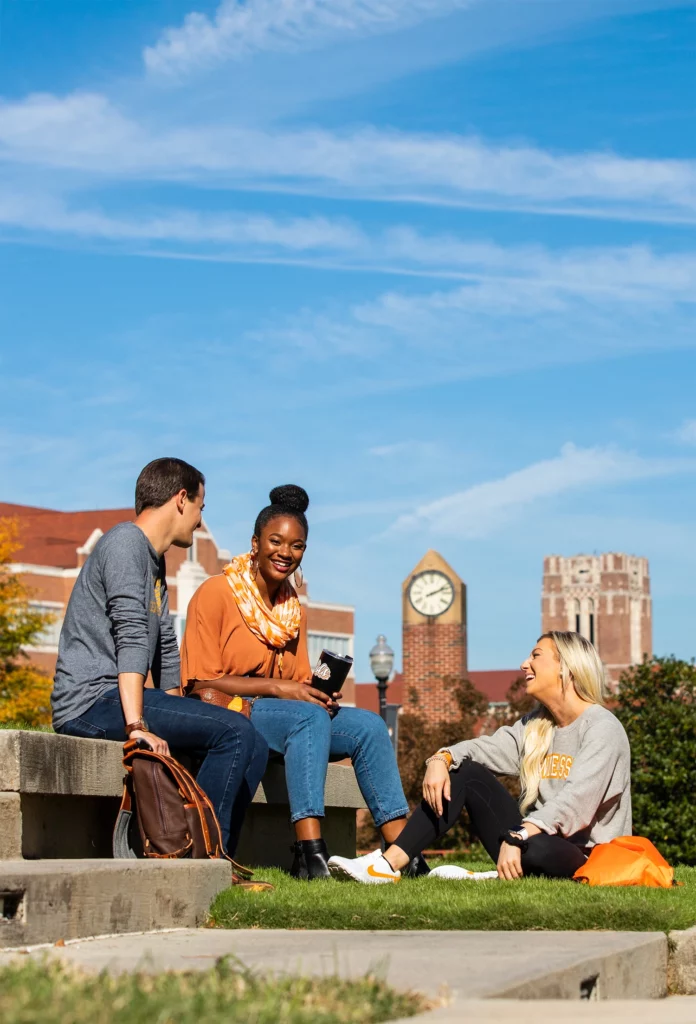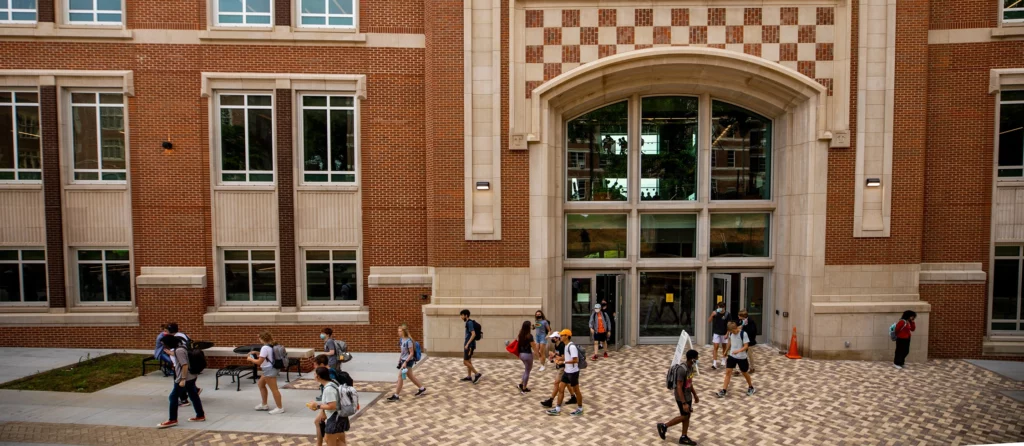Our Focus
Identifying, validating, and scaling policies and practices that strengthen the secondary-to-postsecondary educational pipeline.
Why do we study the transition from high school to college?
According to the Bureau of Labor Statistics (BLS), “the more one learns, the more one earns” (Torpey, 2019). This relationship is particularly evident when comparing individuals who attain a traditional high school diploma with those who do not, wherein the latter group experiences reduced earnings and a heightened susceptibility to unemployment, as outlined by Rumberger(2011). Students who pursue postsecondary education tend to achieve higher average earnings compared to their counterparts with only a high school diploma (Torpey, 2019). The benefits of education extend beyond mere wages, encompassing a resilience to adverse effects stemming from cyclical economic variations and recessions. Americans with higher education levels are less likely to be adversely impacted by seasonal economic fluctuations and recessions (Hoynes, 2000). The aftermath of the Great Recession serves as a pertinent example, wherein individuals with lower educational attainment faced a disproportionate displacement, a predicament exacerbated by the difficulty they encountered in recovering post-recession, as explained by Farber (2015) and Bauer and Shambaugh (2018).
Unsurprisingly, the sweeping economic consequences of COVID-19 have fallen disproportionately on those with less formal education and training, while workers with postsecondary education and, in particular, bachelor’s degrees, have been somewhat insured against job loss (Bureau of Labor Statistics, 2020; Daly et al.,2020). Given the potent predictive value of educational achievement in the realm of labor market success, coupled with the escalating demand for a workforce equipped with educational and training credentials beyond high school, the focus of the Education Research & Opportunity Center resides in the identification, validation, and broad implementation of policies and practices that fortify the educational continuum from secondary to postsecondary levels.

Recent Research on the high school to college transition








